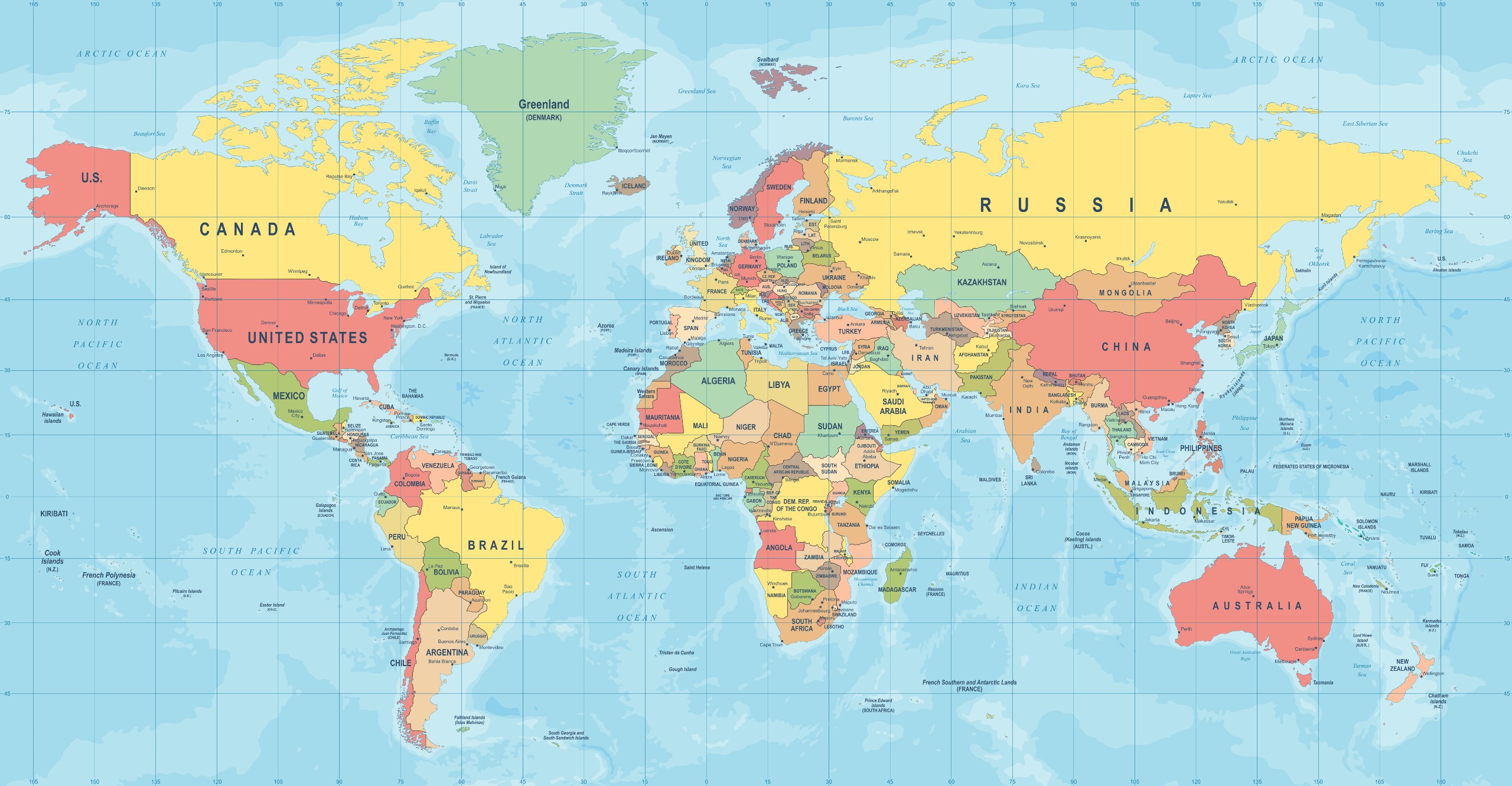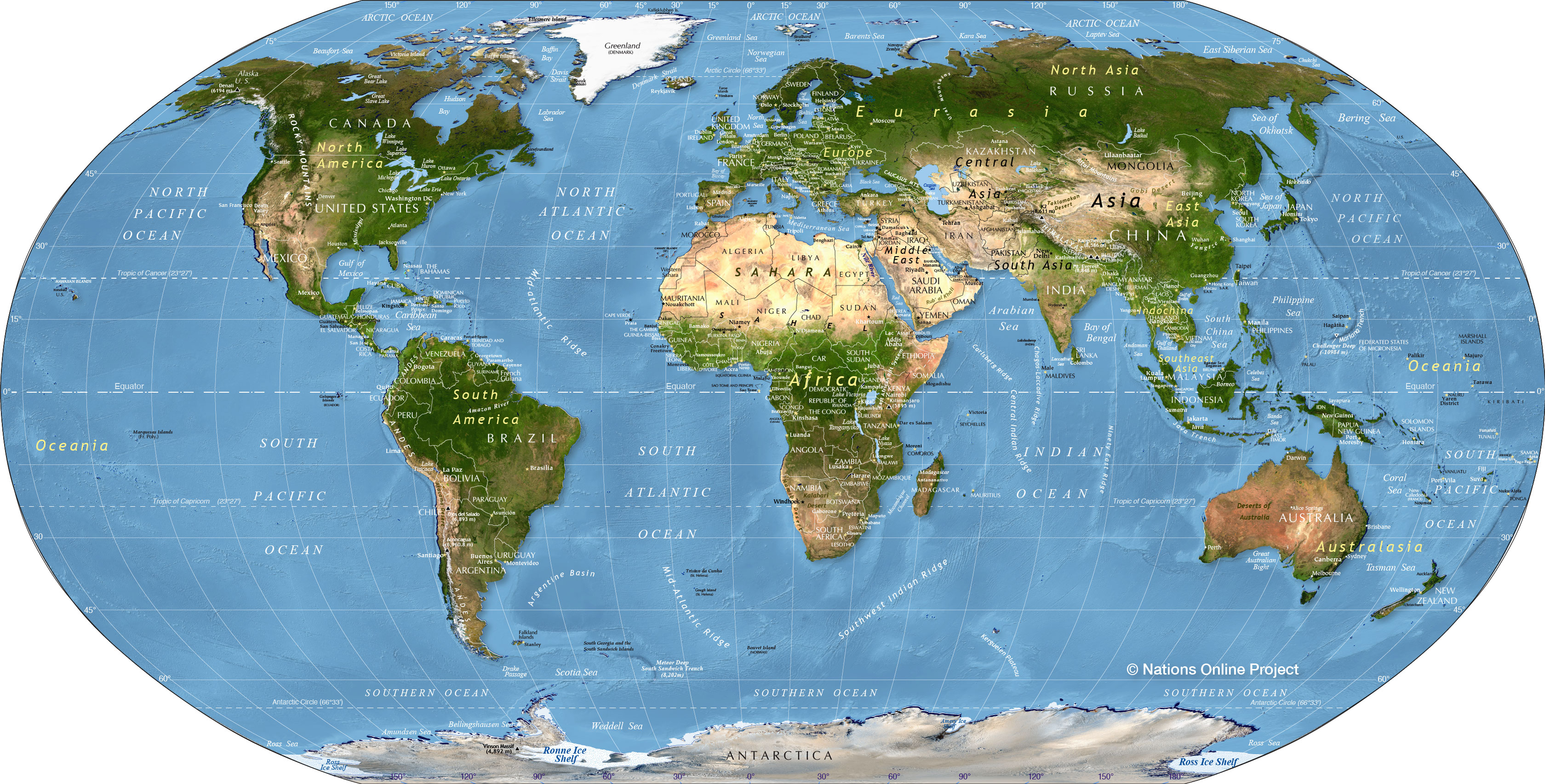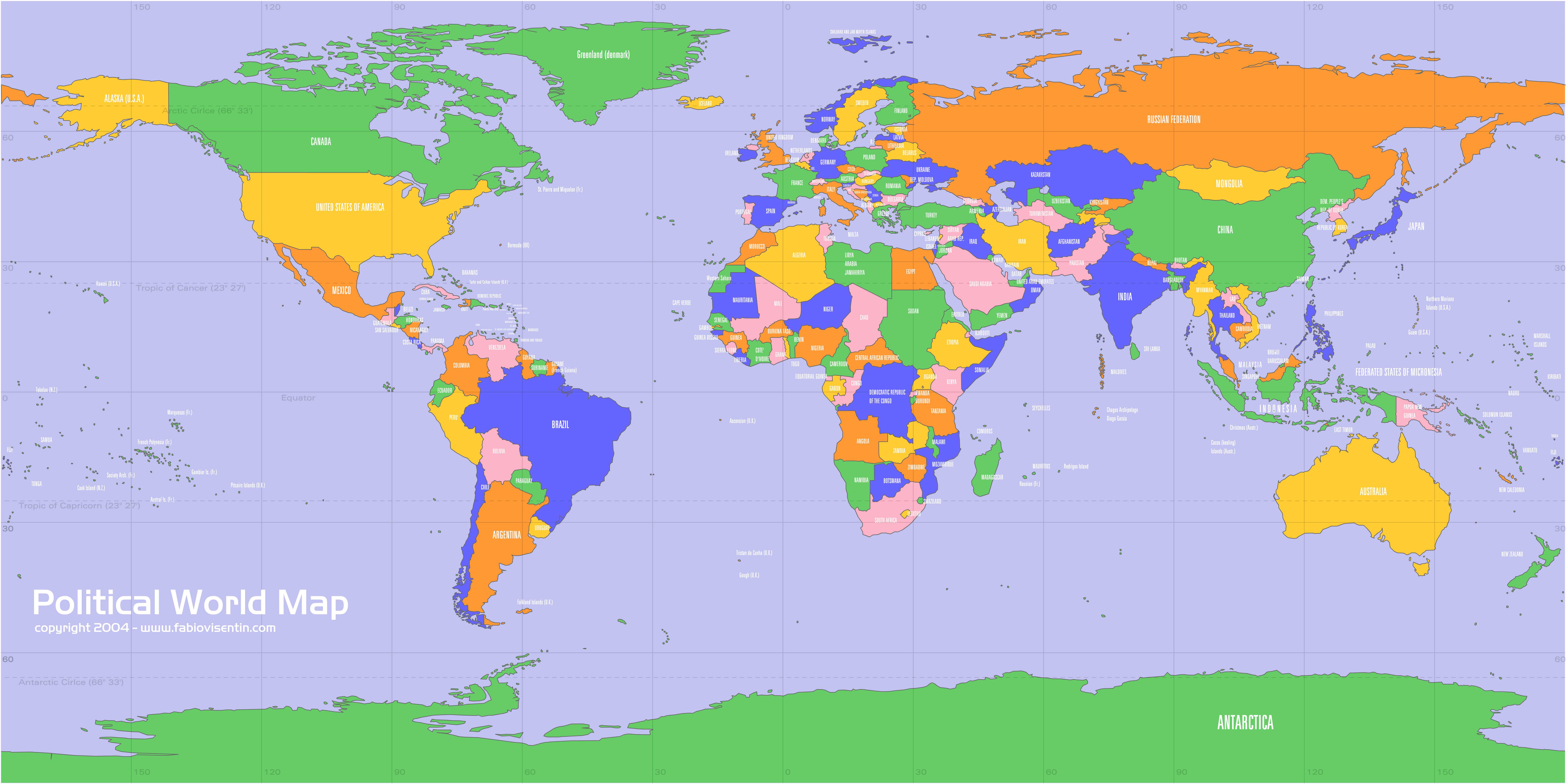Unveiling The Ancient Heart: The Map Of Iranian Plateau
The Iranian Plateau, a vast and historically significant geographical expanse, stands as a testament to the Earth's dynamic forces and the cradle of ancient civilizations. Understanding the intricate details of this region begins with its geographical representation – the map of Iranian plateau. Far more than just lines on a page, these maps unlock insights into its rugged terrain, its geological past, and the human stories etched into its landscape. From the earliest cartographic attempts to the sophisticated digital tools we use today, mapping the Iranian Plateau has always been a challenging yet crucial endeavor, revealing a land of dramatic contrasts and profound historical depth.
Exploring the map of Iranian plateau is an expedition into a world shaped by colossal geological forces, where towering mountain ranges meet arid deserts and fertile basins. It's a journey that reveals not just geography, but also the strategic importance and cultural richness that have defined this region for millennia. Whether you're a historian, a geographer, or simply curious about the world's diverse landscapes, delving into the intricacies of this plateau's cartography offers an unparalleled perspective.
Table of Contents
- Understanding the Iranian Plateau: A Geographical Definition
- Vastness and Boundaries: Connecting Continents
- Topography and Landscape: A Rugged Beauty
- Geological Foundations: Tectonic Activity and Structural Domains
- Human Footprints on the Plateau: Population and Settlement
- The Evolution of Mapping the Iranian Plateau
- Modern Mapping Tools and Their Impact
- Challenges and Accuracy in Mapping
Understanding the Iranian Plateau: A Geographical Definition
The Iranian Plateau is a vast geographical feature in Southwest Asia, Central Asia, and South Asia. It is primarily defined by the country of Iran, but its geological and topographic boundaries extend far beyond Iran's political borders. At its heart, the present political boundaries of Iran cover an area of approximately 1,648,000 km² in the center of the Iranian Plateau, showcasing a remarkable diversity of tectonic and topographic features. This immense landmass is not a uniform flat plain, as the term "plateau" might suggest to some, but rather a complex mosaic of elevated plains, intermontane basins, and, crucially, numerous mountain ranges. It is this intricate interplay of high peaks and deep valleys that truly defines the map of Iranian plateau. Understanding this fundamental characteristic is key to appreciating its unique geographical identity. The plateau is a crucible of geological activity, constantly shaped by the movements of the Earth's crust, leading to its distinctive and often dramatic topography.Vastness and Boundaries: Connecting Continents
The sheer scale of the Iranian Plateau is impressive, stretching across a significant portion of the Asian continent. Its boundaries are not always sharply defined, blending into adjacent geographical regions. To the west, the plateau connects seamlessly with Anatolia, the vast peninsula that forms the majority of modern-day Turkey. This geological continuity highlights a shared tectonic history and similar landscape features.From Anatolia to the Himalayas
Moving eastward, the Iranian Plateau extends its influence, eventually connecting to the formidable Hindu Kush and the even more colossal Himalayas. This connection underscores its role as a crucial land bridge, historically facilitating the movement of people, goods, and ideas between the East and West. A topographic map of the Iranian Plateau clearly illustrates this vast geographical corridor, revealing how its elevated terrain provides a natural link across diverse regions. The plateau acts as a significant barrier and a conduit, shaping weather patterns, biodiversity, and human migration routes across a massive swathe of Asia. This extensive reach makes any comprehensive map of Iranian plateau an invaluable tool for understanding regional geography and its historical implications.Topography and Landscape: A Rugged Beauty
The landscape of the Iranian Plateau is characterized by its dramatic and rugged nature. It is not a monolithic landmass but a collection of distinct geographical features. Iran's landscape is dominated by rugged mountain ranges that separate various basins or plateaus from one another. These ranges act as natural barriers, creating isolated pockets of land with their own unique microclimates and ecosystems. The diversity is striking: from the snow-capped peaks of the Alborz and Zagros to the vast, salt-crusted deserts of the Dasht-e Kavir and Dasht-e Lut, the map of Iranian plateau reveals an astonishing array of environments. The intermontane basins, often fertile, have historically been centers of agriculture and human settlement, relying on the snowmelt from the surrounding mountains for water. The contrast between these life-sustaining oases and the harsh, unforgiving deserts is a defining feature of the plateau. This complex topography has profoundly influenced the development of human societies, dictating trade routes, defensive strategies, and the distribution of populations across the millennia. Understanding this intricate landscape is paramount to truly grasping the essence of the region.Geological Foundations: Tectonic Activity and Structural Domains
The Iranian Plateau is a region of intense geological activity, sitting at the convergence of several major tectonic plates, most notably the Arabian Plate colliding with the Eurasian Plate. This ongoing collision is responsible for the formation of its prominent mountain ranges and the frequent seismic activity that characterizes the region. The plateau is a living laboratory for geologists, offering insights into orogenesis (mountain building) and plate tectonics.A Simplified Geological Map
A simplified geological map of the Iranian Plateau and its structural domains reveals a complex tapestry of ancient continental fragments, volcanic arcs, and sedimentary basins. These structural domains, each with its own unique geological history, contribute to the plateau's diverse mineral resources and varied landforms. The active tectonic features, including numerous fault lines, are visible on detailed maps, indicating areas prone to earthquakes. This geological dynamism is not merely an academic point; it directly impacts human habitation, infrastructure development, and resource management across the plateau. The continuous reshaping of the land by these forces means that any comprehensive map of Iranian plateau must account for its dynamic geological underpinnings.Human Footprints on the Plateau: Population and Settlement
Despite its often-challenging terrain, the Iranian Plateau has been home to human civilizations for thousands of years. The distribution of population across the plateau is heavily influenced by its topography and the availability of water resources. Historically, settlements have clustered in the more fertile intermontane basins and along river valleys, where water for agriculture and sustenance is more readily available.The Populous Western Part
The populous western part is the most mountainous, with ranges such as the Zagros, which provide ample rainfall and snowmelt, feeding numerous rivers and supporting agricultural activities. This region has historically been a hub of human activity, home to ancient empires and vibrant cities. The density of settlements and infrastructure in this area contrasts sharply with the vast, sparsely populated desert regions further east. The map of Iranian plateau clearly illustrates these patterns of human habitation, showing how civilization has adapted to and thrived within its complex geographical constraints. Understanding these patterns is crucial for appreciating the historical development and cultural diversity of the region.The Evolution of Mapping the Iranian Plateau
The mapping of the Iranian Plateau has evolved dramatically over centuries, reflecting advancements in technology and understanding. Early maps were often based on anecdotal accounts, trade routes, and astronomical observations, providing rudimentary outlines of its vastness. With the advent of more systematic exploration and the development of surveying techniques, maps became progressively more accurate, detailing major mountain ranges, deserts, and cities. The strategic importance of the Iranian Plateau, lying at the crossroads of major empires and trade routes, spurred significant cartographic efforts by various powers. These historical maps, while perhaps not as precise as modern versions, offer invaluable insights into how the region was perceived and navigated in different eras. They tell a story of exploration, conquest, and the gradual unveiling of one of the world's most complex geographical entities. Each new map of Iranian plateau built upon the knowledge of its predecessors, refining our understanding of this ancient land.Modern Mapping Tools and Their Impact
Today, our ability to explore and understand the map of Iranian plateau has been revolutionized by digital technology. Platforms like Google Maps, Bing Maps, and MapQuest provide unprecedented access to detailed geographical information, making exploration accessible to everyone. These tools allow users to find local businesses, view maps, and get driving directions, transforming how we interact with geographical data. They offer a wealth of features, from checking live traffic to viewing satellite, aerial, and even street views, providing a comprehensive visual experience of the terrain.Leveraging Digital Platforms for Exploration
Modern mapping services go beyond simple navigation. Users can search for and find places, saving them to personalized maps. The ability to import data instantly, making maps from spreadsheets, and personalizing them with icons and colors, adds a layer of functionality invaluable for researchers, businesses, and travelers alike. You can even add photos and videos to any place, enriching the geographical data with real-world context. OpenStreetMap, a collaborative project, further exemplifies this evolution, being a map of the world created by people like you and free to use under an open license. This collective effort ensures that maps are constantly updated and refined, reflecting the most current information. The power to discover and explore like a local, with confidence knowing 500 million users contribute and keep the map up to date each year, is transformative. These tools even help avoid crowds by seeing how busy a place is, making urban navigation more efficient. The detailed topographic map of the Iranian Plateau, with its connections to Anatolia in the west and the Hindu Kush and Himalayas in the east, can now be explored with incredible precision through these digital interfaces.Challenges and Accuracy in Mapping
Despite the advancements in mapping technology, accurately representing a region as vast and complex as the Iranian Plateau still presents significant challenges. The rugged terrain, remote areas, and dynamic geological activity mean that maps require constant updates and verification. Issues of accuracy can arise, as highlighted by experiences like Bionca Smith, a Wazer from Los Angeles, who noted, "I found some incorrect points on the map." Such feedback is crucial for improving the precision of digital maps. Ensuring the reliability of data, especially in areas with limited ground-level surveying or rapidly changing features, remains a key concern. The sheer scale of the plateau, combined with its diverse topographic and tectonic features, means that comprehensive and perfectly accurate mapping is an ongoing process. Furthermore, the political boundaries, while defined, exist within a region of active tectonic and topographic features, which can subtly shift over long periods. The continuous effort to refine and update the map of Iranian plateau is a testament to its geographical complexity and the dedication of cartographers and mapping communities worldwide.Conclusion
The map of Iranian plateau is a gateway to understanding one of the world's most historically rich and geographically diverse regions. From its ancient geological origins, shaped by the collision of tectonic plates, to its present-day landscape of rugged mountains, vast deserts, and fertile basins, the plateau tells a compelling story of natural forces and human resilience. We've explored its immense scale, its connections to neighboring landmasses like Anatolia and the Himalayas, and the profound impact of its topography on human settlement patterns. The evolution of mapping, from rudimentary sketches to sophisticated digital platforms, has continuously enhanced our ability to navigate and comprehend this intricate land. Modern tools like Google Maps, Bing Maps, and OpenStreetMap offer unprecedented detail, allowing us to virtually traverse its terrain, discover local businesses, and even get real-time traffic updates. However, the ongoing challenge of maintaining accuracy in such a dynamic and vast region underscores the continuous effort required in cartography. We hope this exploration has deepened your appreciation for the Iranian Plateau and the vital role that accurate mapping plays in understanding our world. What aspects of the Iranian Plateau's geography fascinate you the most? Share your thoughts in the comments below, or explore other articles on our site to continue your geographical journey!- Mildred Baena
- How Did Ana Navarro And Al C%C3%A1rdenas Meet
- Yung Poppy Age
- Matilda Ledger
- Corey Fogelmanis

Political World Map | Mappr

World Map - A Physical Map of the World - Nations Online Project

world maps free online - World Maps - Map Pictures